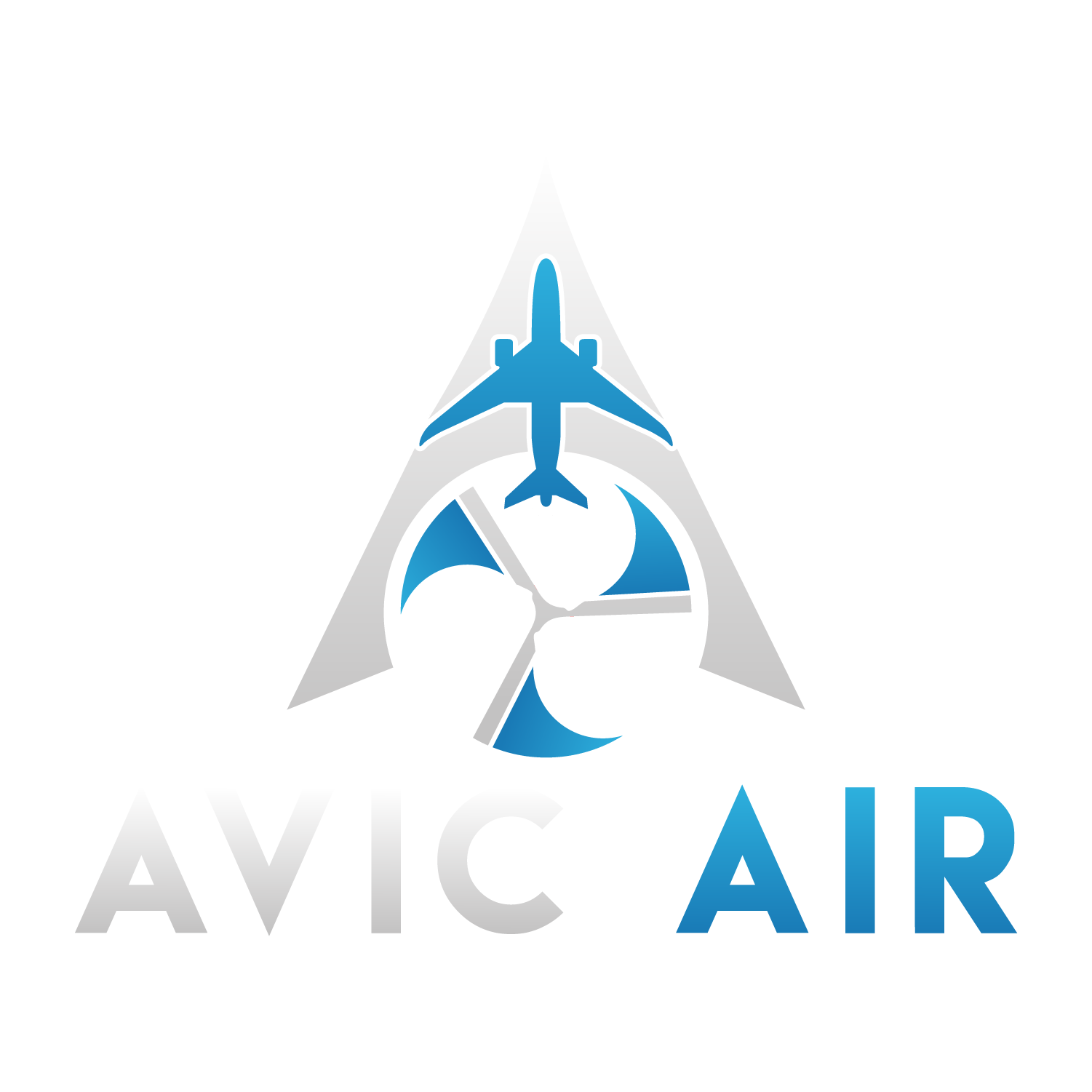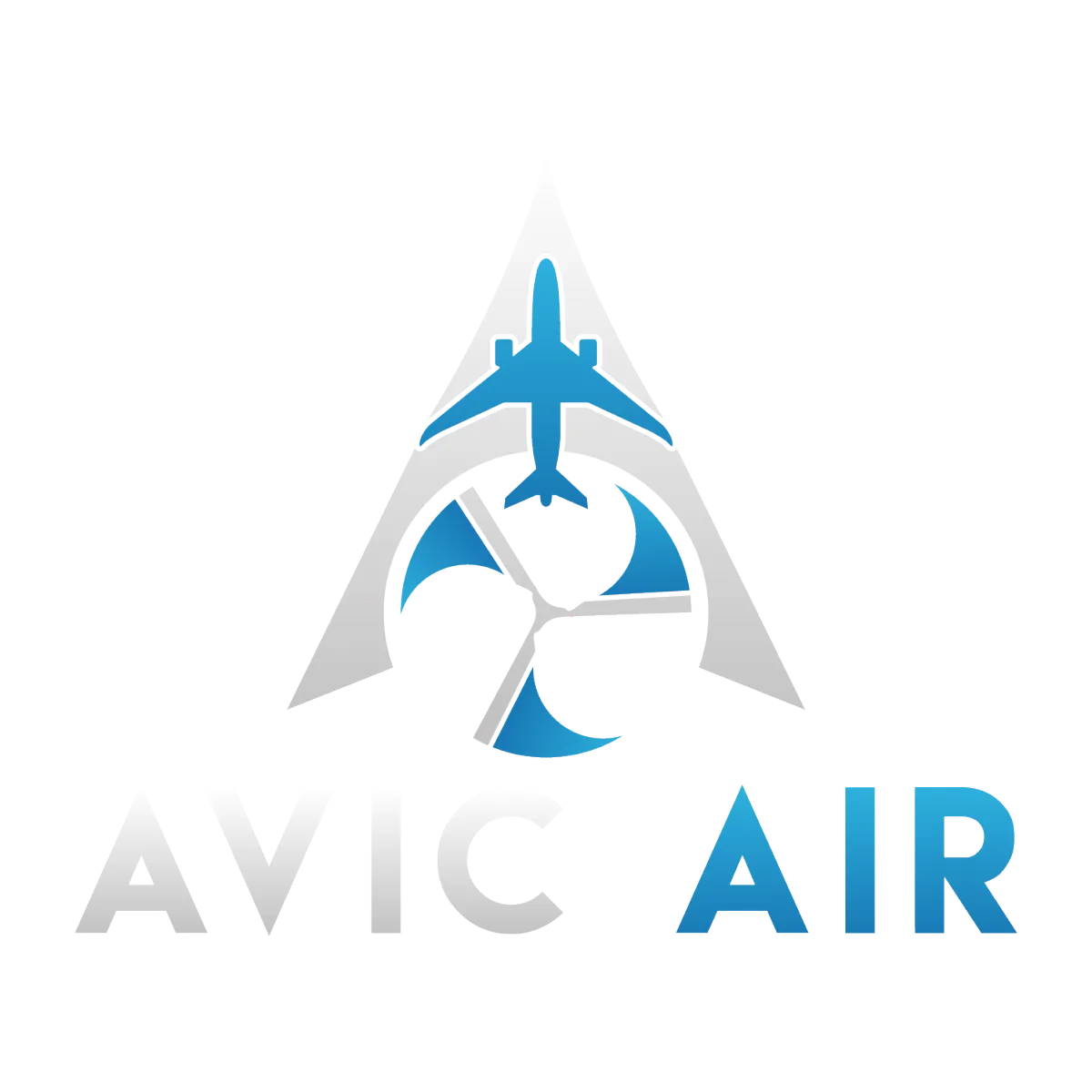Innovative Ideas and Strategies for Aeronautical Success
Aviation Career
From Flight School to First Cockpit: How New CFIs Can Build Career Momentum
From Flight School to First Cockpit: How New CFIs Can Build Career Momentum
Newly certified flight instructors often find themselves in an unexpected gap: training is complete, but the first job remains elusive. Despite finishing strong, many encounter a market saturated with CFIs and limited hiring movement. The result is a bottleneck—one that demands more than just time in the right seat to navigate.
This article outlines a practical framework for low-time instructors who want to make strategic progress instead of waiting for hiring cycles to reopen.
The Post-Certification Reality
With regional airline hiring slowing and seasoned instructors staying put longer, entry-level positions have become scarce. Applicants are often qualified but lack distinction. Dozens of resumes flood each open role, and hiring managers gravitate toward the candidates who present a clear, compelling story.
In this environment, career traction doesn’t come from waiting—it comes from proactive positioning.
Interview Preparation Begins Immediately
Effective interview preparation is not a last-minute effort. It begins the moment an instructor earns their certificate. Every decision, challenge, and interaction during that first year of teaching becomes a potential interview story.
Early-career coaching focuses on three key practices:
Tracking real-world experiences as they happen
Documenting leadership and instructional decisions
Framing those experiences in language that resonates with recruiters
Rather than reverse-engineering answers later, this approach builds interview readiness in real time.
The Anatomy of a Competitive Aviation Résumé
An aviation résumé must be more than a job list. It is a marketing document that must highlight value in under ten seconds. Most applicants bury key information or overwhelm readers with generic content.
A strong résumé:
Lists total time and certifications in the upper-left
Uses a simple, scannable layout with minimal text blocks
Prioritizes outcomes and achievements over duties
Is tailored to the target role (e.g., CFI, 135, regional)
Templates designed with recruiter behavior in mind outperform generic formats every time.
Standing Out When Hiring Is Frozen
When flight schools are not hiring, most pilots retreat. The better move is to engage.
One recommended strategy: offer support to a local school in a non-flying capacity. Help with admin, answer phones, manage scheduling, wash aircraft. Being physically present when an opportunity arises can lead to immediate placement. It also builds rapport, strengthens references, and produces real-world stories to leverage later.
This low-visibility tactic often becomes a high-impact career move.
Coaching as a Long-Term Investment
Structured mentorship can dramatically improve outcomes in the first 12–24 months after certification. A well-designed early-career program helps instructors:
Avoid preventable mistakes
Build authentic leadership stories
Track accomplishments with intention
Strengthen résumés and cover letters
Enter interviews with practiced, personalized narratives
It also prevents stagnation during hiring lulls by keeping career development active and aligned with long-term goals.
Planning for the Next Hiring Window
The major airline retirement wave is projected to peak around 2027-2030. That makes the current period one of the most important for career development.
By using this time strategically—building hours, creating documented value, developing interview stories, and maintaining focus—new instructors can position themselves to succeed when the hiring doors open again.
Aviation is cyclical. Preparation is not.
STAY BRIEFED
Sign up to be the first to find out when something new lands:
-Events
-Articles
-Podcast
-Courses
Large Call to Action Headline
A-V-I-C stands for Aviation Intelligence Community. Our mission is to improve the quality of life for aviators through shared experience. Be sure to join us on the social media sites @avicair, we love sharing ideas, experience, and intelligence to propel our industry forward.



Facebook
Instagram
X
LinkedIn
Youtube